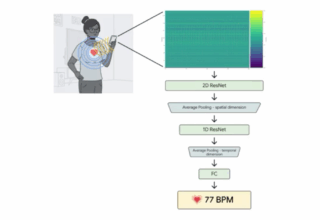
The concept of concrete interlocking is what makes the brick pavers sit in their position. The main principle of interlocking is the dependency of each brick with its neighbors. Therefore, interlocking simply means that, the brick pavers can’t really move independently from its neighbors. The first interlocking brick pavers was introduced back in the Roman Empire. Though, the bricks used in Roman times, were different from what we use today for interlocking. At ancient times, in the Roman Empire, the base was made very compact, and the roads were made by very tight-fitting stones, which easily fitted into each other, giving the feeling of interlocking. But, today the mechanism is completely different. With modern machineries, the bricks are manufactures so that they interlock with each other. Every brick is made with precision, so that no one brick hamper the interlocking.
While you are designing your patio, pool deck or driveway, you need to keep in mind that there are three types of interlocking to consider from. The three types of Interlocking system are, Rotational, Horizontal and Vertical interlock.
In Vertical Interlock, the sand is the carrier of the pressure between two neighboring bricks. In these types of interlock, the spaces between the joints of the bricks are filled with sand, which in turn propagates the load from one unit to the other surrounding unit, and keeps the interlocking in place.
The Rotational Interlock, generally depends on the cross section in which it is built. The builders need to wait till the last moment to ensure the interlocking in these cases. But, Rotational Interlock is by far, the most efficient interlocking system there is, since, it can endure high amount of load. The brick in rotational interlock tightens and gets stiff through loads across the area, which in turn increases the structural capacity. Once the process of paving the road is finished, the bricks will lock up.
Horizontal interlock is somewhat like rotational interlock, but in a different fashion. This is achieved through patterns that disperse the force from vehicles. Some of the studies have also shown, that horizontal or herringbone interlock is the most effective for interlock. Having said that, Herringbone patterns are only applicable in areas where there is heavy traffic, like a parking lot or a driveway. In an interlocking system, edge restraints play a significant role. Generally, they play the important role of maintaining the horizontal interlock, and is placed along the edges of the brick pavers.
Now, why will you use brick pavers for constructing your pathways and parking? The main advantage of brick pavers is its durability. It last longer than concrete or asphalt slabs. Moreover, concrete or asphalt slabs constantly come up with cracks. These cracks are most of the time caused by rough weather and movement of the soil underneath. The cracks make your weekend time consuming and less enjoyable, since, you need to fill the cracks with crack fillers. But, if you use brick pavers for your driveway and other construction, you wouldn’t have this problem, since they don’t crack easily. Brick Pavers are very strong and will not even show a minute crack for minimum 20 to 25 years. Even, if in the worst case, there are cracks or if one of the brick breaks, and hampers the interlocking, that can easily by replaced.
Installing brick pavers is one of the most intelligent investment that one can make to his property. Action Home Services in Toronto and Ontario, does a great job in interlocking and installing brick pavers in your property. Call them to get a free quote.




















